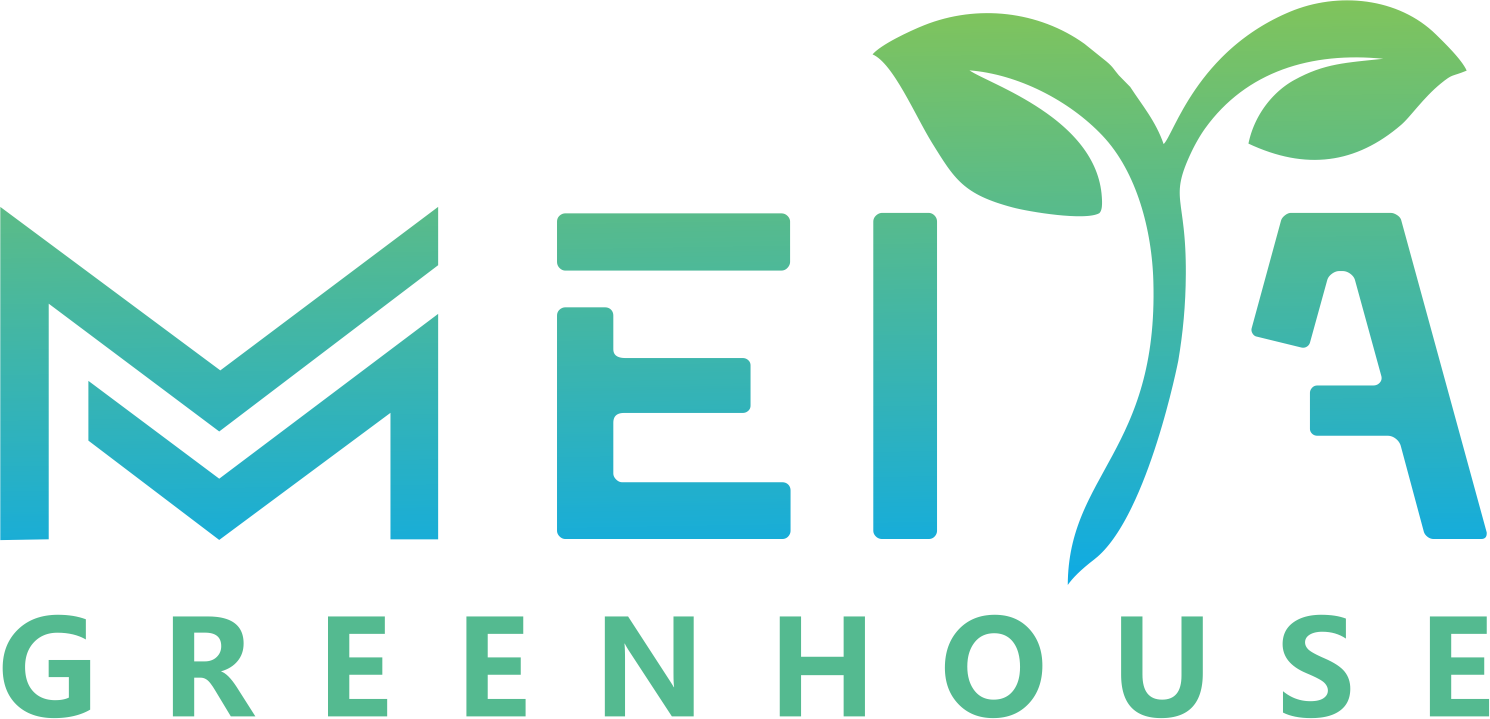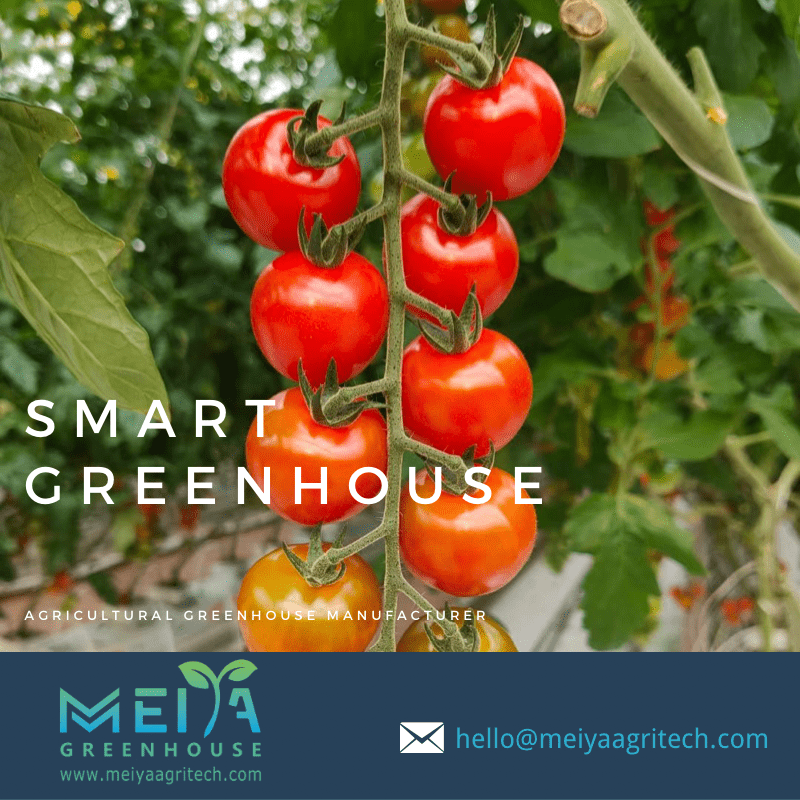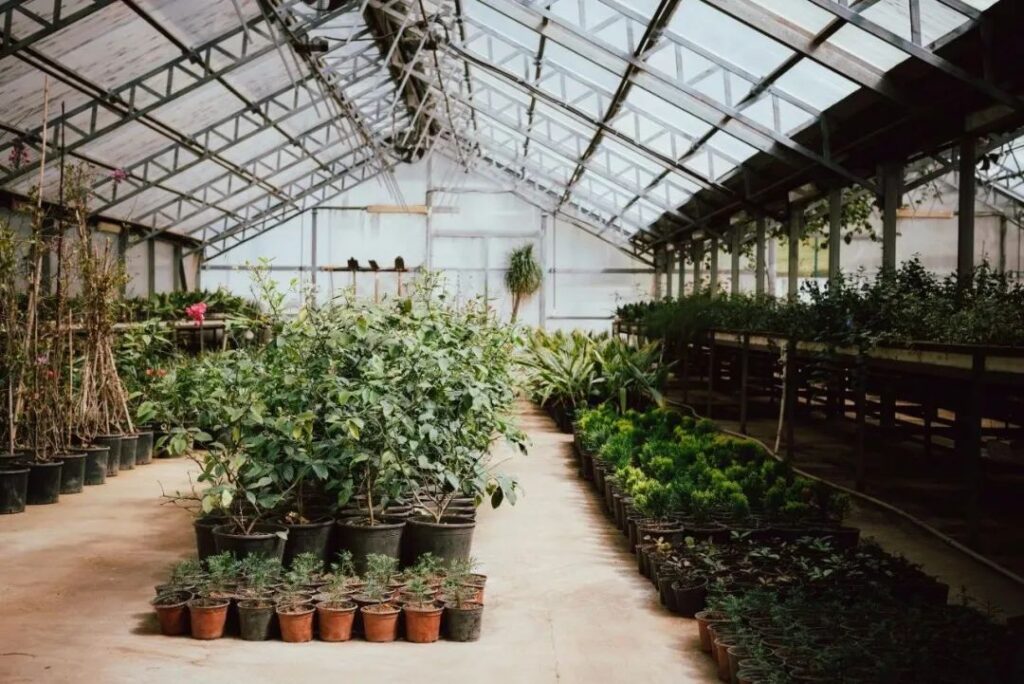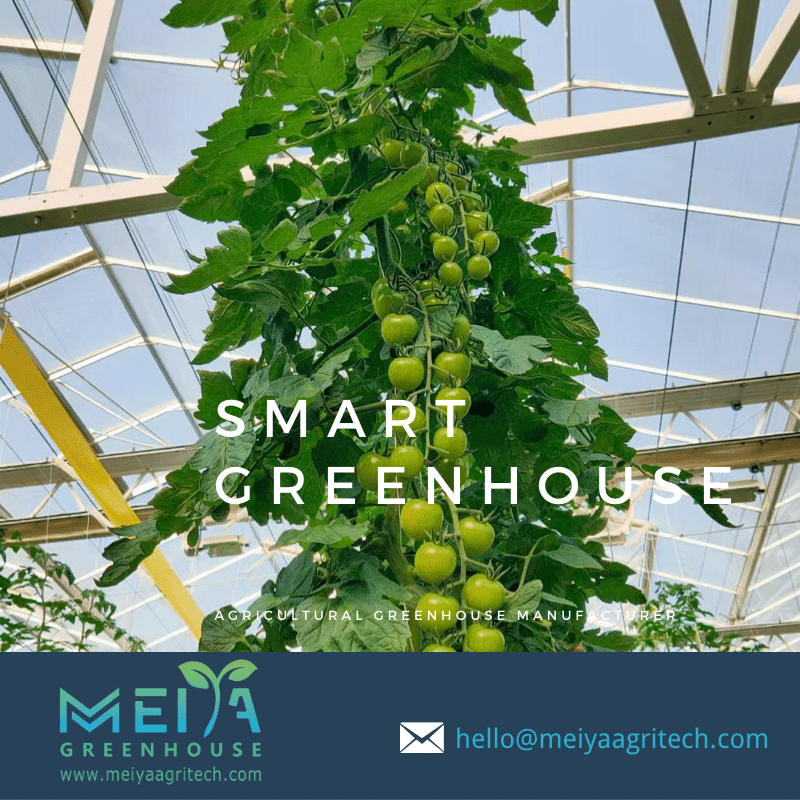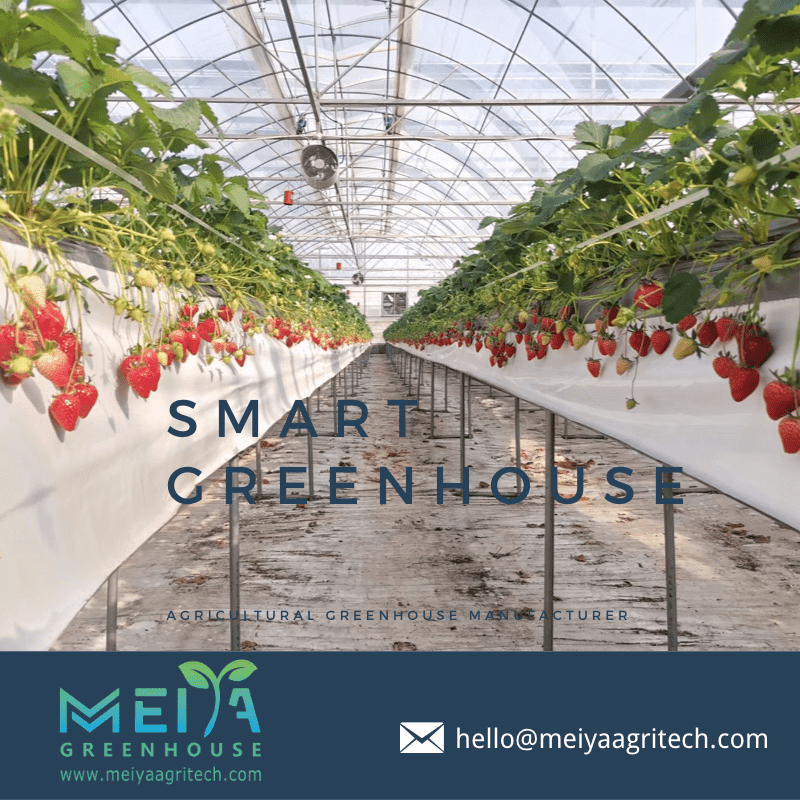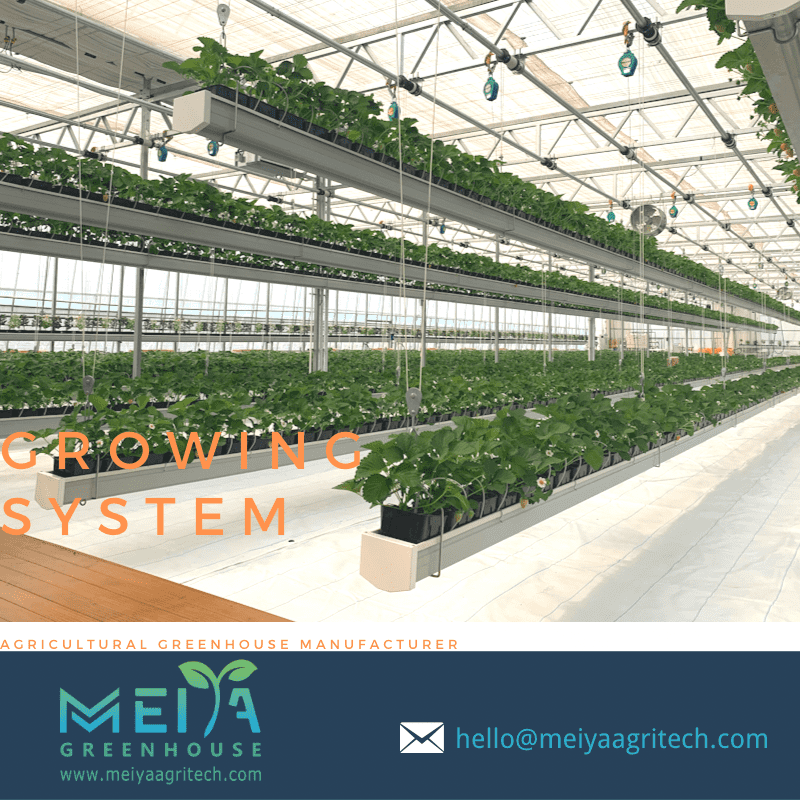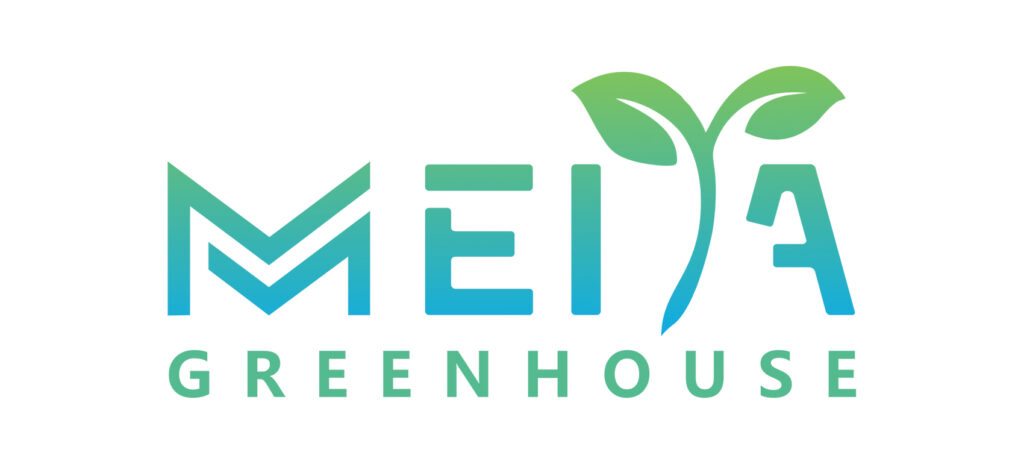As the global population continues to grow, the demand for food is increasing day by day, and at the same time the demand for nutrition and safety of food is higher. Breeding high-yielding and high-quality crops is an important tool to solve the food problem. However, traditional breeding methods require very long years to produce good varieties, which limits the progress of breeding. For annual self-pollinated crops, it may take 10 to 15 years from the initial parental cross to produce a new variety. Therefore, there is an urgent need to improve breeding efficiency and shorten generation time in order to accelerate the breeding progress of crops.
Rapid Breeding refers to the control of environmental conditions in a fully enclosed controlled environment growth chamber to maximize the rate of plant development, accelerate flowering and fruiting, and thus shorten the reproductive cycle. A plant factory is an agricultural system that achieves efficient crop production through high-precision environmental control within the facility and is an ideal environment for achieving rapid breeding means. The planting environmental conditions such as light, temperature, humidity and CO2 concentration in the plant factory are relatively controllable and are not or less influenced by the external climate.
Plants are grown under controlled environmental conditions using optimal light intensity, light duration and temperature, etc., which can accelerate various physiological processes of plants, especially photosynthesis and flowering, thus shortening the crop growth generation time. The use of plant plant factory technology to regulate crop growth and development, and early harvesting of fruits, can satisfy breeding needs with only a small amount of seeds with germination capability.
Major environmental factors affecting crop growth cycle: Photoperiod
Photoperiod refers to the alternating length of light and dark periods during the day. Photoperiod is an important factor affecting crop growth, development, flowering and fruiting. By sensing photoperiod changes, crops can change from nutritional growth to reproductive growth and complete flowering and fruiting. The physiological response to photoperiodic changes varies among crop species and genotypes of varieties. In long-day plants, flowering time is usually accelerated by longer photoperiod once the sunlight duration exceeds the critical sunlight length, for example, oats, wheat and barley. Day-neutral plants, which flower regardless of photoperiod, such as rice, corn, and cucumbers. Short-day plants, which require a photoperiod below the critical day length to flower, such as cotton, soybean and millet.
Under artificial environmental conditions with 8h light and 30°C high temperature, amaranth blooms more than 40 days earlier than in the field environment. In the 16/8 h photoperiod (light/dark) treatment, all seven barley genotypes flowered early: Franklin (36 days), Gairdner (35 days), Gimmett (33 days), Commander (30 days), Fleet (29 days), Baudin (26 days), and Lockyer (25), resulting in an increase in barley Increase in the number of generations by 7-9 generations per year.


Under artificial environmental conditions, using embryo culture to obtain seedlings followed by 16 h of light, the fertility period of wheat was shortened to produce eight generations per year. Pea fertility was reduced from 143 to 67 days in the field environment in an artificial greenhouse with 16 h of light. By further extending the photoperiod to 20 h and combining 21°C/16°C (day/night), pea fertility could be reduced to 68 days with 97.8% fruit set. Under controlled environmental conditions, the 20-h photoperiod treatment required 32 days from sowing to flowering for rape, and the entire fertility cycle was 62-71 days, which was more than 30 days shorter than the fertility period under field conditions. I
In the artificial greenhouse conditions with 22 h photoperiod, the flowering time of wheat, barley, rape and chickpea was shortened by 22, 64, 73 and 33 days on average, respectively, combined with early seed harvesting, and the germination rate of the early harvested seeds could reach 92%, 98%, 89% and 94% on average, respectively, which fully met the breeding needs, and the fastest varieties could produce 6 generations (wheat), 7 generations (barley), 3.8 generations (oilseed rape) and 4.5 generations (chickpea) per year. Under 22h photoperiod conditions, oats flowering time is reduced by 11 days, 21 days after flowering, which guarantees at least five viable seeds for five consecutive generations per year. In the artificial greenhouse with 22h photoperiod, the fertility period of lentils was reduced to 115 days, and 3-4 generations could be propagated in 1 year. In the artificial greenhouse with 24h continuous light, the fertility cycle of peanut was reduced from 145 days to 89 days, and four generations can be reproduced in 1 year.
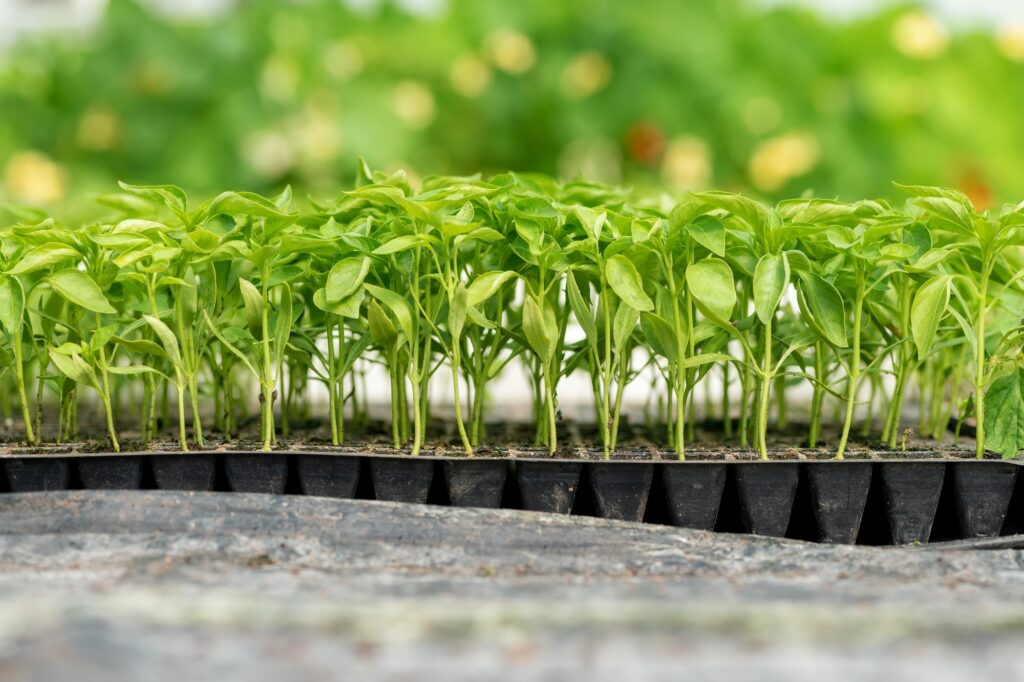

Light quality
Light quality plays a crucial role in plant growth and development. Light quality can control flowering by influencing the action of many photoreceptors. The ratio of red (R) to blue (B) light is important for crop flowering. Red light wavelengths from 600 to 700 nm contain the absorption peak of chlorophyll at 660 nm, which can effectively promote photosynthesis, and blue light wavelengths from 400 to 500 nm affect plant phototropism, stomatal opening and seedling growth. In wheat, the ratio of red to blue light is around 1, which can induce the earliest flowering. Under a light quality of 4:1 R:B, the fertility of medium- and late-maturing soybean varieties was shortened from 120 to 63 days, and plant height and nutrient biomass were reduced, but seed yield was not affected, and at least one seed per plant could be satisfied, with an average germination rate of 81.7% of immature seeds harvested. Under 10 h of light supplemented with blue light, soybean plants became short and stout, flowered 23 days after sowing, matured in 77 days, and could reproduce 5 generations in 1 year.
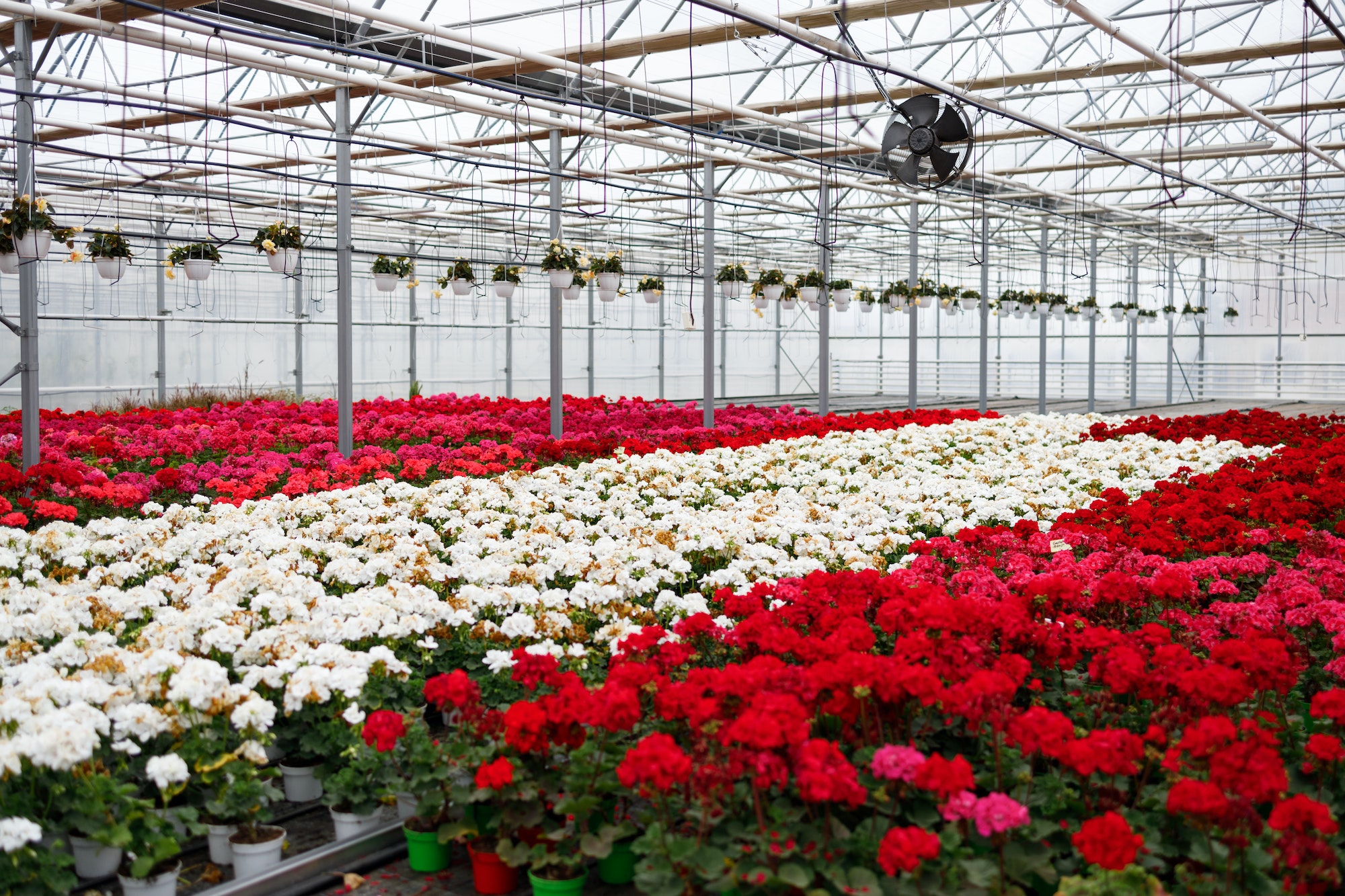

The ratio of red light to far-red light (FR) similarly affects plant flowering. There are two forms of photosensitive pigments: far-red light absorbing (Pfr) and red light absorbing (Pr). At low R:FR ratios, photosensitive pigments are converted from the Pfr form to the Pr form, resulting in flowering in long day plants. Moderate R:FR (0.66-1.07) with LED lights increased plant height, promoted flowering of long-day plants (e.g. petunia and goldenseal), and inhibited flowering of short-day plants (e.g. marigold). Flowering of lentils was delayed at R:FR greater than 3.1, and the best flowering effect was obtained by reducing R:FR to 1.9, with flowering occurring on the 31st day after sowing. The effect of red light on flowering inhibition was mediated by the photosensitive pigment Pr. It has been noted that R:FR above 3.5 causes delayed flowering in five legumes (pea, chickpea, broad bean, lentil and lupine). In some genotypes of amaranth and rice, the use of far-red light led to earlier flowering by 10 and 20 days, respectively.
Atmospheric fertilization with CO2
CO2 is the main carbon source for photosynthesis, and high concentrations of CO2 usually promote growth and reproduction in C3 annuals, while low concentrations of CO2 may reduce growth and reproductive yield due to carbon limitation. For example, in C3 plants rice and wheat, photosynthetic efficiency increases with increasing CO2 levels, leading to increased biomass and earlier flowering. To achieve the positive effects of elevated CO2 concentrations, optimization of water and nutrient availability may be required. Thus, hydroponics can unleash the full growth potential of plants with such unrestricted inputs. Low CO2 concentrations resulted in delayed flowering in Arabidopsis, and high CO2 concentrations accelerated flowering in rice, reducing the reproductive period to 3 months and reproducing 4 generations in 1 year.
In the artificial growth chamber, the reproductive cycle of soybean variety ‘Enrei’ was shortened to 70 days by supplementing CO2 to 785.7 μmol/mol, and five generations could be reproduced in one year. When CO2 concentration was increased to 550 μmol/mol, flowering of wood bean was delayed by 8-9 days, and fruit set and ripening were delayed by 9 days. Wood bean accumulated insoluble sugars at higher CO2 concentrations, which may have affected plant signaling and resulted in delayed flowering. In addition, the increased number and quality of soybean flowers in the growth chamber with increased CO2 facilitated hybridization, which was much higher than that of field-grown soybeans.
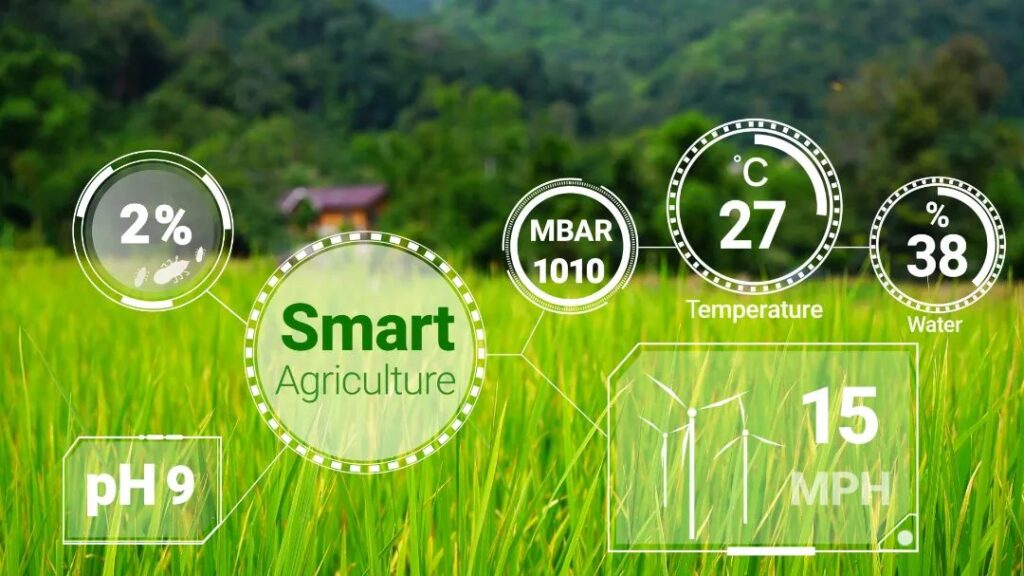
Future Outlook
Modern agriculture can accelerate the crop breeding process by using ex situ and facility-based breeding. However, these methods have some shortcomings, for example, ex situ breeding has strict geographical requirements, manual management is quite expensive, and natural conditions are unstable, which cannot guarantee successful seed harvesting; facility breeding is affected by climatic conditions, and the time of generation addition is limited. And molecular marker breeding only accelerates the selection and determination of breeding target traits.

At present, rapid breeding techniques are applied in crops of Gramineae, Leguminosae and Cruciferae. In contrast, plant factory rapid breeding is completely free from the influence of climatic conditions and can regulate the growth environment according to the needs of plant growth and development. By effectively combining plant factory rapid breeding technology with traditional breeding and molecular marker breeding methods, the time required to obtain pure sublines after crossing can be reduced under rapid breeding conditions, and the selection of early generations can be made to shorten the time required to obtain desirable traits as well as breeding generations.

The key limitation of rapid breeding technology in plant factories is that due to the large variation in environmental conditions required for the growth and development of different crops, longer experimental studies are required to obtain environmental conditions for rapid breeding of target crops. Also, due to the high cost of plant factory construction and operation, it is more difficult to conduct large-scale additive breeding trials, which often leads to limited seed yield and may limit the subsequent field trait evaluation. With the gradual improvement of plant factory equipment and technology, the construction and operation costs of plant factories are gradually reduced, and the effective coordination of plant factory rapid breeding technology with other breeding technology tools may further optimize rapid breeding technology and shorten the breeding cycle.
Welcome to leave your comments and share my articel if you like!
